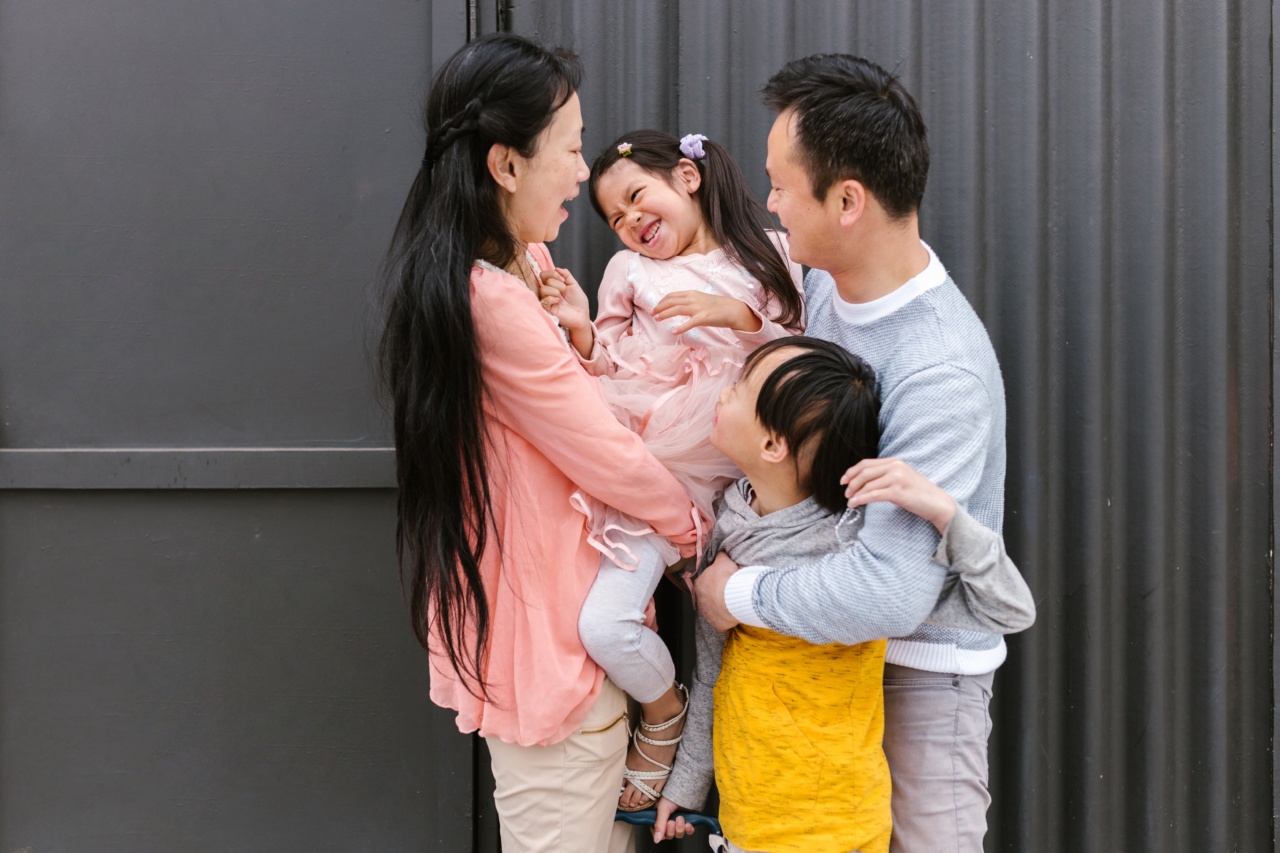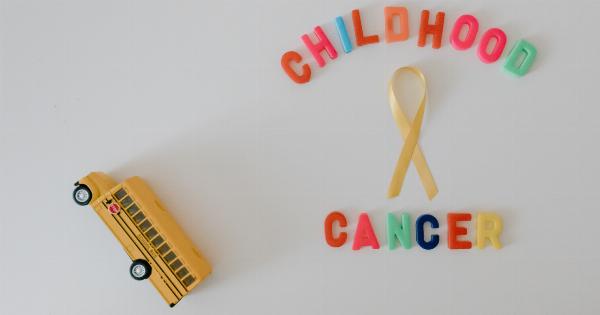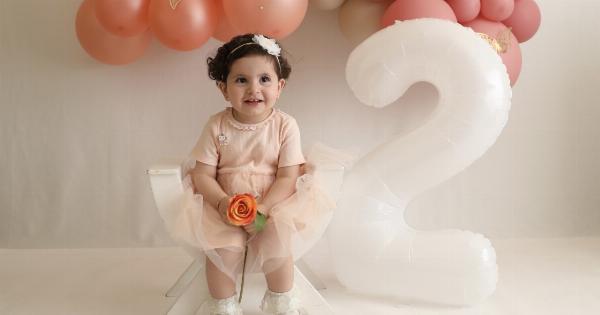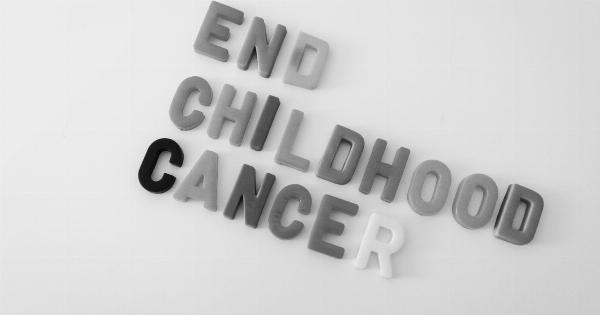Retinoblastoma is a rare form of eye cancer that primarily affects children. It develops in the retina, the specialized tissue at the back of the eye responsible for vision.
Retinoblastoma usually occurs in children under the age of 5, with the majority of cases diagnosed before the age of 3. This condition can be hereditary or simply occur by chance.
Types of Retinoblastoma
Retinoblastoma can be classified into two types:.
- Unilateral: This type affects only one eye and commonly occurs sporadically.
- Bilateral: Both eyes are affected in this type, and it is often hereditary, passed down from parents who carry the retinoblastoma gene.
Causes of Retinoblastoma
The exact cause of retinoblastoma remains unclear; however, it is believed to be related to mutations in the RB1 gene. In most cases of retinoblastoma, there is no family history of the condition.
However, individuals with a family history of retinoblastoma may have an increased risk of developing the disease.
Symptoms of Retinoblastoma
The following signs and symptoms may indicate the presence of retinoblastoma:.
- Leukocoria: Also known as the “white eye” reflex, this condition is characterized by a white or yellowish glow in the pupil of the affected eye.
- Strabismus: Crossed or misaligned eyes can be a symptom of retinoblastoma.
- Poor vision: Children with retinoblastoma may experience decreased vision in one or both eyes.
- Eye redness or swelling: In some cases, retinoblastoma may cause inflammation and redness in the affected eye.
- Eyes that appear different: One eye may appear larger or protrude more than the other.
Diagnosis of Retinoblastoma
If retinoblastoma is suspected, it is important to seek immediate medical attention. A pediatric ophthalmologist or an oncologist specializing in eye cancer will perform various tests and examinations, including:.
- Dilated eye examination: The doctor will examine the inside of the eye using special lenses and lights to evaluate the presence of tumors.
- Ultrasound: High-frequency sound waves will be used to create images of the eye’s structures, which can help determine the size and location of tumors.
- Magnetic resonance imaging (MRI): An MRI scan can provide detailed images of the eye and nearby structures.
- Genetic testing: If there is a family history of retinoblastoma, genetic testing may be recommended to identify the presence of genetic mutations.
Treatment Options for Retinoblastoma
The treatment plan for retinoblastoma depends on the size and location of the tumor, as well as whether one or both eyes are affected. The main treatment options include:.
- Chemotherapy: Medications are used to kill cancer cells or shrink tumors. Chemotherapy can be administered orally, intravenously, or directly into the eye.
- External beam radiation therapy: A focused beam of radiation is directed at the tumor to destroy cancer cells.
- Cryotherapy: Extreme cold is used to freeze and destroy cancer cells.
- Laser therapy: A laser is used to destroy small tumors or seal leaking blood vessels.
- Intra-arterial chemotherapy: Chemotherapy is delivered directly into the artery supplying blood to the eye, allowing for higher doses of medication to reach the tumor.
Prognosis and Long-Term Outlook
The prognosis for retinoblastoma depends on the stage and extent of the disease at the time of diagnosis. With early detection and appropriate treatment, the outlook for children with retinoblastoma is generally favorable.
However, regular follow-up examinations and monitoring are necessary to detect and manage any potential recurrence or long-term complications.
Support for Parents and Families
A diagnosis of retinoblastoma can be extremely overwhelming for parents and family members. It is important to seek support from healthcare professionals, support groups, and organizations specializing in childhood cancers.
These resources can provide guidance, emotional support, and valuable information about treatment options and coping strategies.
Preventing Retinoblastoma
Unfortunately, there are no known strategies for preventing retinoblastoma. Regular eye examinations and being aware of any changes in your child’s vision are essential for early detection.
Conclusion
Retinoblastoma is a rare form of eye cancer primarily affecting young children. Prompt diagnosis and appropriate treatment are crucial for the management of this condition.
Understanding the symptoms, seeking immediate medical attention, and staying connected with support networks can help parents navigate through the challenges associated with retinoblastoma.


























